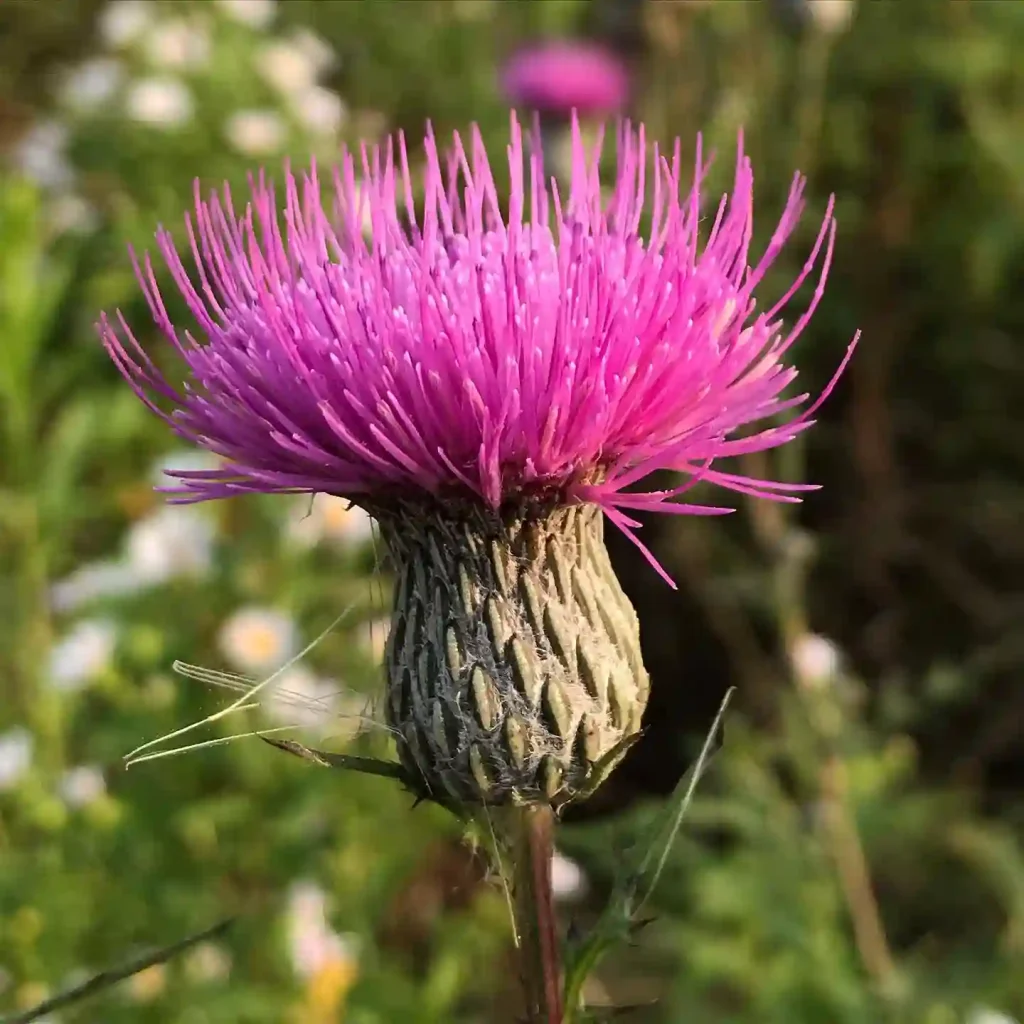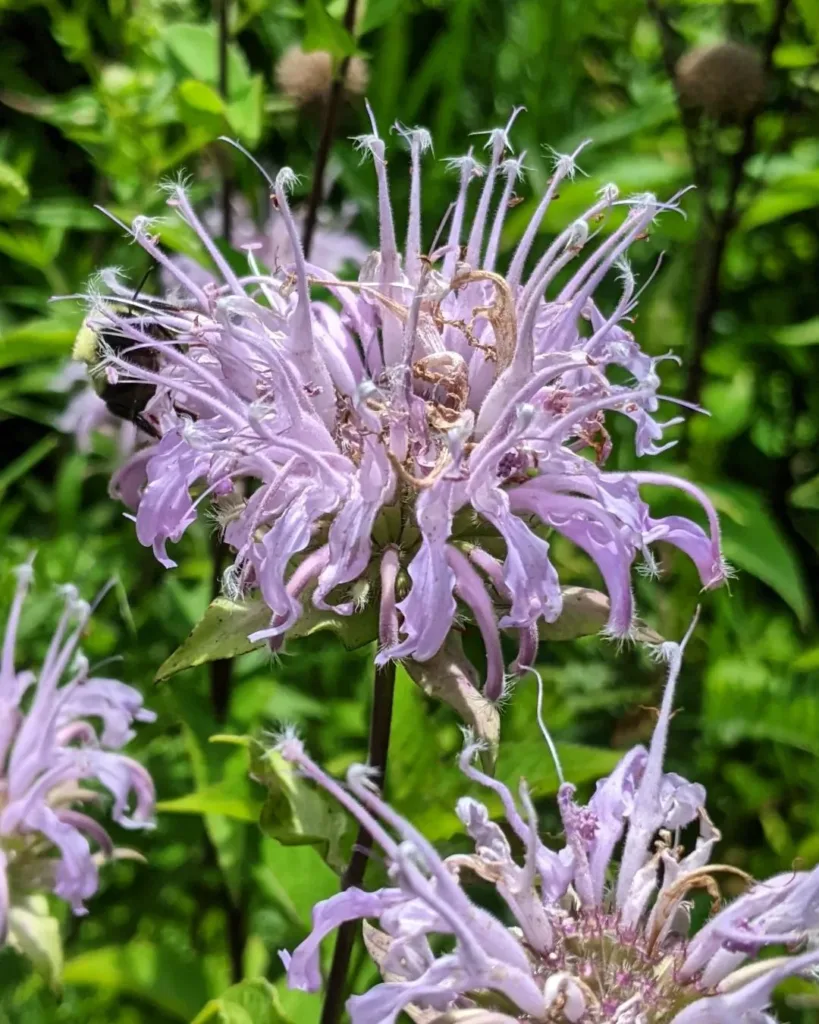
What Is Sanguisorba Officinalis?
Sanguisorba Officinalis, commonly known as the Great Burnet, is a perennial herb that’s been cherished in gardens and herbal medicine for centuries. With its striking bottlebrush-like flowers and lush foliage, it’s not just a visual treat but also a plant of significant historical and practical value. Native to Europe and parts of Asia, Sanguisorba Officinalis thrives in a variety of soil conditions and can add a touch of elegance to any garden.
38 Species in Genus Sanguisorba
How to Care for Sanguisorba Officinalis?
Caring for Sanguisorba Officinalis is relatively straightforward, making it a great choice for both novice and experienced gardeners. Here are the key points:
- Light Requirements: It prefers full sun to partial shade. In hot climates, providing some afternoon shade can help it thrive.
- Soil: Well-drained soil is crucial. Sanguisorba Officinalis is adaptable to different soil types but does best in loamy or sandy soil.
- Watering: Regular watering is essential, especially during dry spells. However, it doesn’t like waterlogged conditions, so ensure good drainage.
- Fertilizing: An annual application of compost or a balanced fertilizer in the spring will help it grow robustly.
- Pruning: Deadheading spent flowers encourages more blooms. Cut back the plant in late fall or early spring to maintain its shape and remove any damaged foliage.
How to Propagate Sanguisorba Officinalis?
Propagating Sanguisorba Officinalis can be done through seeds or division:
- From Seeds: Start seeds indoors 6-8 weeks before the last frost. Sow seeds in seed trays with a good seed-starting mix and keep them moist. Transplant seedlings outdoors after the danger of frost has passed.
- From Division: Divide the plant in early spring or late fall. Gently separate the root clumps and replant them in well-prepared soil. This method helps rejuvenate older plants and increases your garden’s stock.
What to Plant With Sanguisorba Officinalis?
Sanguisorba Officinalis pairs beautifully with a variety of plants. Consider these companions:
- Grasses: Planting it with ornamental grasses like Festuca glauca or Miscanthus sinensis creates a lovely contrast in texture and form.
- Perennials: Combine it with Echinacea, Rudbeckia, or Salvia for a vibrant, colorful display.
- Ground Covers: For a lush, layered look, use ground covers like Creeping Jenny or Thymus serpyllum around its base.
Is Sanguisorba Officinalis Toxic?
Sanguisorba Officinalis is not known to be toxic to humans or animals. In fact, it has been used in traditional medicine for its astringent and anti-inflammatory properties. However, it’s always best to avoid ingesting any plant material unless you’re certain of its safety and medicinal use.
Benefits of Sanguisorba Officinalis
Sanguisorba Officinalis offers several benefits beyond its garden beauty:
- Medicinal Uses: Traditionally used for its astringent and wound-healing properties, it’s known to help with gastrointestinal issues and skin conditions.
- Pollinator-Friendly: Its flowers attract bees, butterflies, and other pollinators, supporting the ecosystem in your garden.
- Aesthetic Appeal: The plant’s unique flowers and foliage add a touch of elegance and interest to any garden setting.
Common Problems with Sanguisorba Officinalis
Despite its hardy nature, Sanguisorba Officinalis can encounter a few issues:
- Powdery Mildew: This fungal disease can affect the plant, especially in humid conditions. Ensure good air circulation and avoid overhead watering to prevent it.
- Slugs and Snails: These pests can be problematic. Use natural predators or traps to manage their numbers.
- Root Rot: Overly wet conditions can lead to root rot. Ensure proper drainage to keep the roots healthy.
Comparing Sanguisorba Officinalis with Other Similar Plants
Sanguisorba Officinalis is sometimes confused with other plants like Sanguisorba Menyanthe or Sanguisorba Minor. Here’s how they compare:
- Sanguisorba Menyanthe: Also known as the Lesser Burnet, this plant is smaller and more delicate compared to Sanguisorba Officinalis. It has similar care needs but is more suited to smaller garden spaces.
- Sanguisorba Minor: Known as the Salad Burnet, this variety is often used in culinary applications. It has a more compact growth habit and smaller flowers compared to the Great Burnet.
In summary, Sanguisorba Officinalis is a versatile and attractive plant that can enhance any garden with its beauty and benefits. Its ease of care and propagation make it an excellent choice for gardeners looking to add a touch of sophistication to their landscape.
If i die, water my plants!



